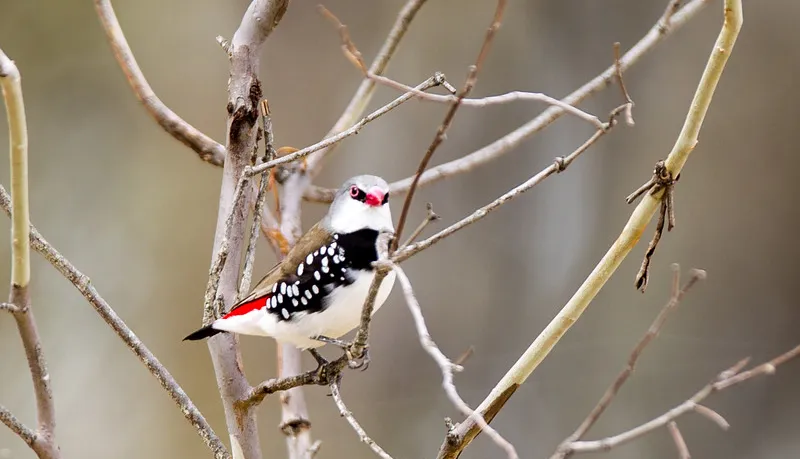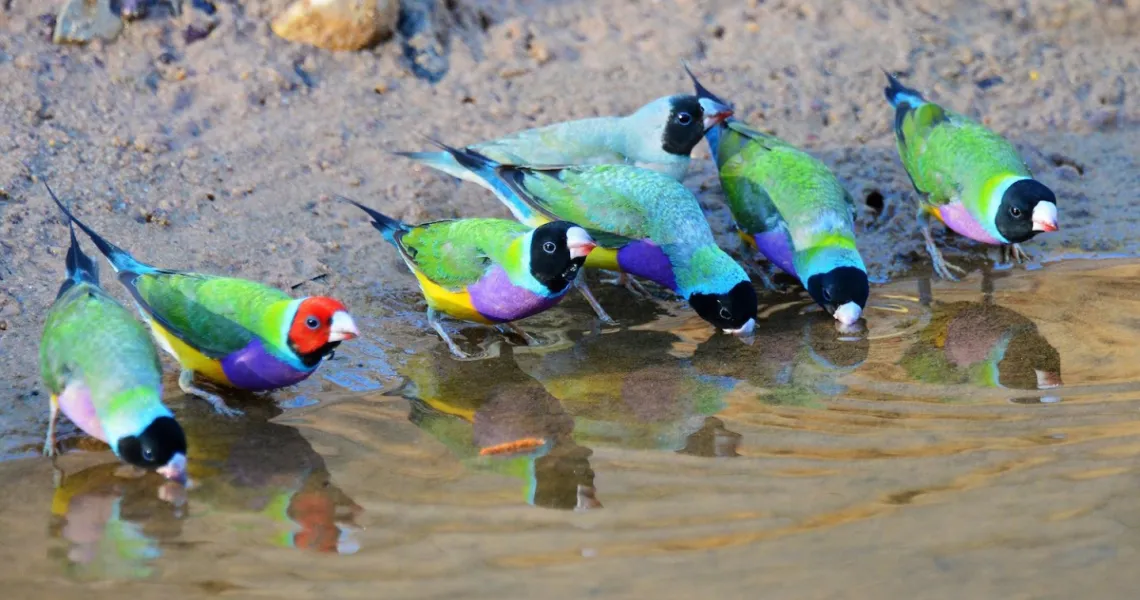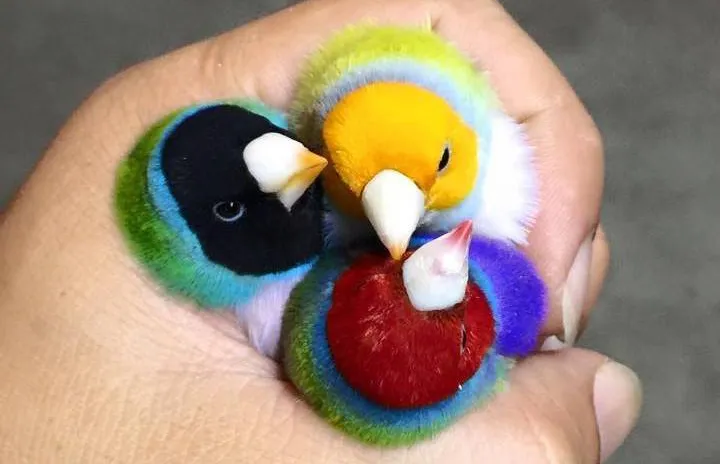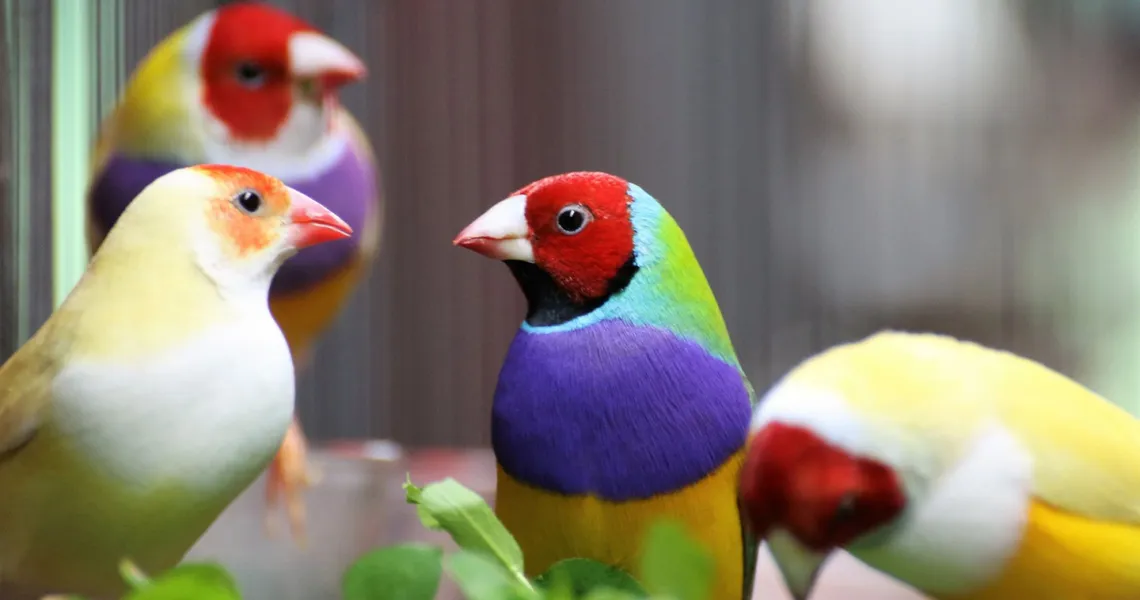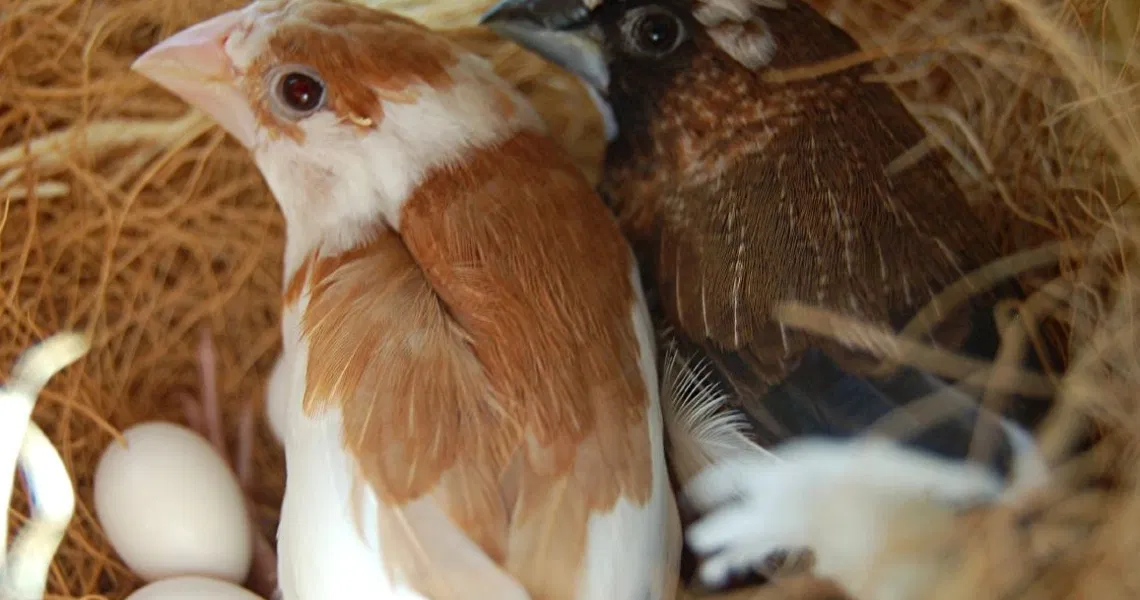
Tips for Accurately Sexing Society Finches
By longnkp / Jul 09 2024 / General
Society Finches, also known as Bengalese Finches or Japanese Movchen, are one of the few domesticated finch species. These birds were created by humans through selective breeding of other wild finch species, so you won't find Society Finches in the wild. Being a domesticated species, Society Finches possess all the necessary traits to adapt excellently to captivity, making them easy and delightful family pets.
Physical Characteristics
Society Finches have small, compact bodies and come in various color variations. Common colors include pied, white, brown and white, yellow, brown and yellow, chocolate, black, gray, and chestnut.
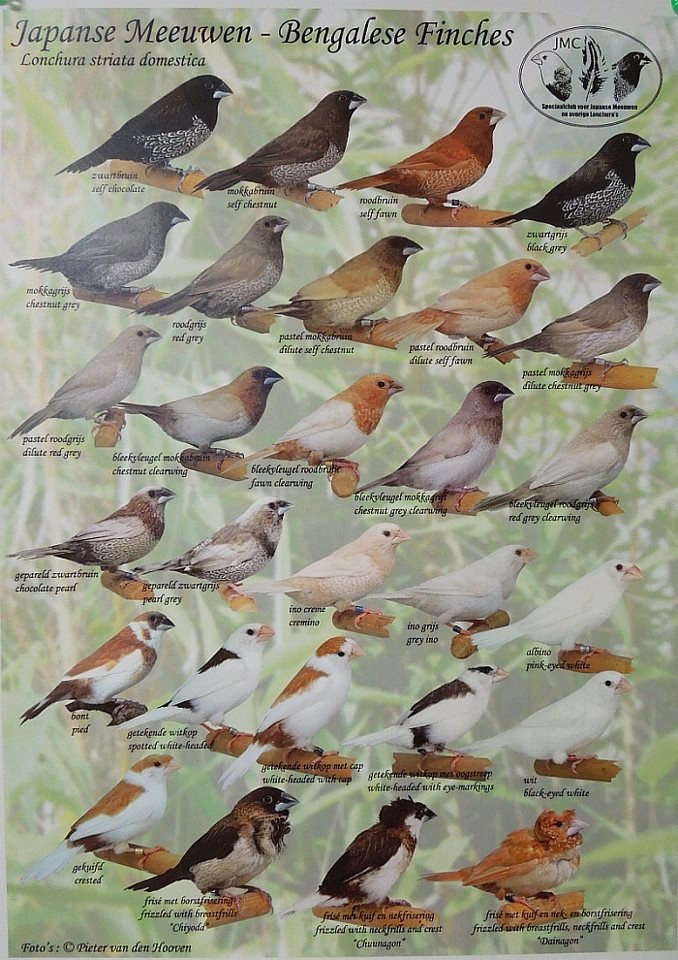
Color Variations in Society Finches
Diet and Nutrition
Society Finches are well-known for their easy-going nature when it comes to food. Their primary diet consists of millet, but it can be supplemented with other imported seeds such as canary grass seed, mixed seeds, and oats. Society Finches also enjoy green vegetables like lettuce and spinach. For a comprehensive overview of nutrition for Society Finches and finches in general, please refer to the article on Nutrition for Finches.
Cages and Housing
As mentioned at the beginning of the article, Society Finches are a domesticated species, thus they can adapt well and breed successfully in various captive conditions and cage sizes. However, the recommended cage size is approximately 30x30x40cm or 40x40x60cm for a pair of breeding birds. This size ensures the cage doesn't take up too much space in your home while providing enough room for the finches to fly and exercise comfortably.
Society Finches have a habit of sleeping in nests, so in addition to providing food and water dishes, it's important to prepare a wooden nest box or a woven grass basket for them to sleep in at night.

Types of Nests for Society Finches
Behavior
In addition to being easy to care for and breed, making them ideal for beginners in finch breeding, Society Finches possess a unique trait: they can act as foster parents for other finch species. They can incubate eggs and raise chicks of different-sized finches. Breeding and hybridizing different finch species isn't always straightforward due to various reasons; parent birds may abandon eggs or chicks or even eject them from the nest. Therefore, having a few pairs of Society Finches as foster parents for more challenging finch species is a practical choice to handle unforeseen circumstances.
Identifying Male vs. Female Society Finches
It's very difficult to distinguish between male and female Society Finches based on color and physical characteristics alone. Males and females look almost identical. The only surefire way to determine the gender of Society Finches is by observing their behaviors, such as singing to court females for males and laying eggs for females.
There are some tips and methods that longtime Society Finch owners often share to distinguish males from females, but these are all anecdotal and not guaranteed to be 100% accurate.
Method 1:
Use two fingers to clamp the bird's neck and hang it so that the bird's body hangs freely as shown in the picture. Observe the tail position. A tail tilted back is a female bird, a tail stretched vertically is a male bird.
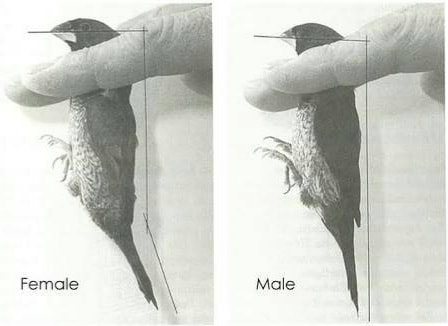
Method 2:
In this method, we observe the relative position of the eye in relation to the line connecting the upper and lower beaks of the Society Finch. If the eye is positioned in the middle along this line, it indicates a male finch. If the eye is positioned above this line, it indicates a female finch. However, using this method may not be 100% accurate and should be applied carefully to avoid harm to the bird.
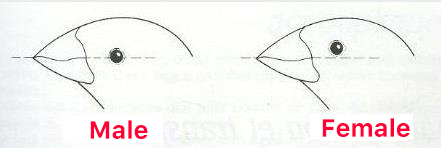
Method 3: Observing the Shape of the Beak
When observing the shape of the head of a Society Finch from above, males typically have larger beaks, while females generally have smaller and narrower beaks.

When viewed from the side horizontally, males often have a concave groove near the edge of the beak and head.
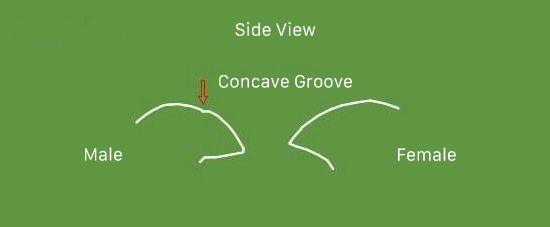
Relative Posts
Recent Posts
- Unlocking the Secrets of Calcium for Healthy Captive Birds
- Hand Feeding Finches
- Why Parents Toss Chicks and How to Help
- Fostering Finches: Ensuring the Survival of Your Feathered Friends
- Sunshine and Finches: A Guide for Indoor Bird Keepers
- Air Sac Mites in Finches: Understanding, Preventing, and Treating
- Introducing New Foods to Your Finch
- Homemade Finch Food Recipes
- Choosing Breeding Gouldian Finch Pairs
- How to Choose a Nest Box for Your Finches

